By Sean Fagan .
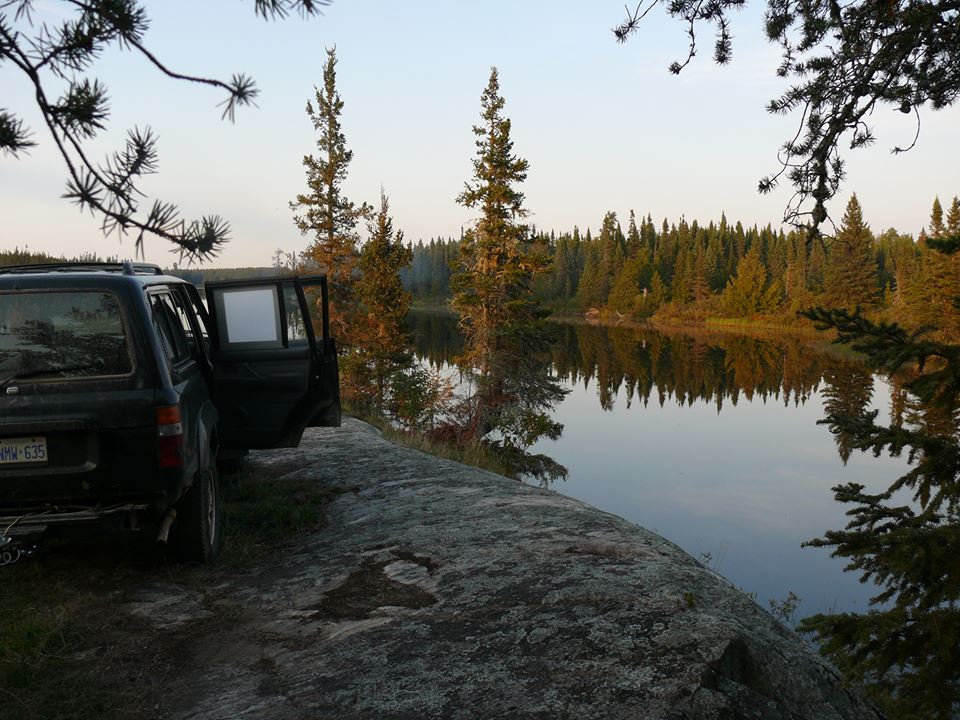
If you go to a wilderness area, such as the Northern Woods of Canada (above photo), you're guaranteed to bring one thing with you - your own body (Photo: Cian Fagan).
.
Bushcraft is, amongst other things, about being practical.
What can be more practical than carrying a set of measurements for bushcraft projects - in the form of your own body?
Using your body to measure various tasks is a surprisingly effective and ancient system of measuring.
Below is a list of 26 bushcraft projects that can be measured with your own body.
I find using body measurements for various projects indispensable in terms of convenience and accuracy.
You may be wondering how many projects can be measured with your own body.
The answer is entirely limited by your imagination.
.
26 APPLICATIONS OF BUSHCRAFT BODY-MEASURING
.
BOW DRILL (Friction-Fire)
1. Length of Drill: Distance between small finger tip and thumb tip, of splayed hand.
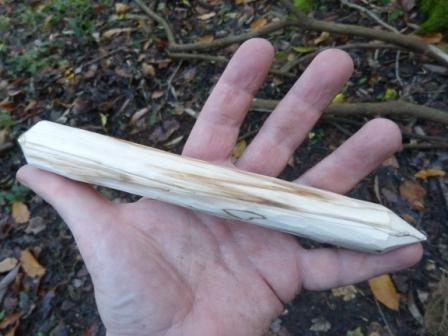
A quick way to measure the ideal drill length is the distance between the tip of the thumb and the tip of the pinkie finger, of your splayed hand (photo: Sean Fagan).
. 2. Length of Bow: Sternum (breast bone) to fingertips of arm held horizontally out from side of body. 3. Thickness of Drill & Hearth Board: Base-of-thumb thick.
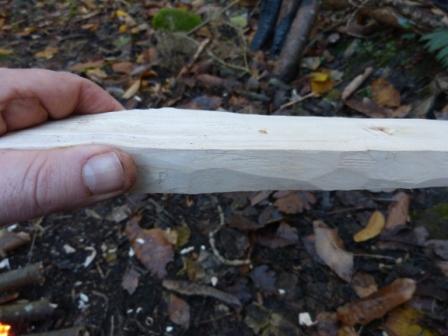
.
FIRE
.4. Length of Twigs for Small-Twig Fire: Preferably finger-tip to elbow long.
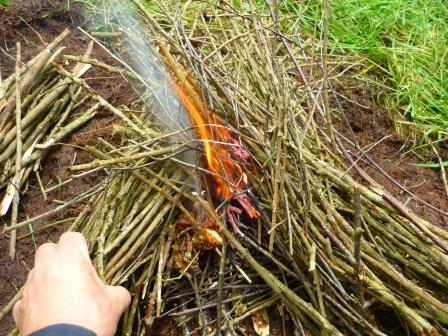
For a small-twig fire, you will want twigs that are thin and long as possible - preferably elbow to fingertip long. With long twigs its a lot easier to quickly re-position the twig bundles to improve the combustibility of the fire (Photo: Sean Fagan).
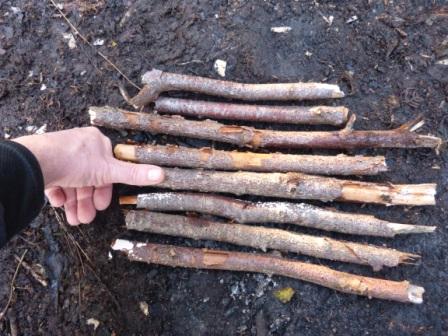
Thumb-thick, dead branches provide a well-aerated, dry platform for igniting a campfire (Photo: Sean Fagan).
. 6. Thickness of Long Log & Star-Fire Lays: Preferably thigh-thick or larger. 7. Distance between Fire & Lean-too shelter (when moderately cold): One large step. 8. Distance between Fire & Lean-too shelter (when very cold): One half step. 9. Height of Fire-Reflector: Ideally, hip height. Knee-height reflectors can suffice.
FEATHER-STICKS (Fire-Lighting)
.10. Length & Width of Feather Sticks: Preferably elbow to fingertips long, about wrist-thick.
NATURAL SHELTER
11. Height of Debris Hut Apex: Hip Height (can be higher - if a steeper, more rain-shedding roof is required or occupant is large). 12. Leaf Litter Depth for Debris Hut (Moderate cold: above 0 ⁰C): Finger-tip to elbow. 13. Leaf Litter Depth for Debris hut (Extreme cold, approx. 0 ⁰C to -20 ⁰C): Arm-length or more. 14. Length & Width of Bushcraft Bed: Slightly longer than body length and slightly wider than shoulder width. 15. Apex Height of Large Dome Shelter: One arm span above head while standing. 16. Height of Horizontal Support Pole for Lean-Too Shelter: Shoulder height but can be higher if a steeper, more rain-shedding roof is required. 17. Height of Bed in Lean-Too Shelter: Knee height (Good for dry storage and trapping radiant heat from fire (such as fire-heated rocks - rolled under bed)). Also raises body from the cold air that settles at ground level. 18. Compression Depth of Bedding Material: At least 4 fingers thick (after lying down, with full body-weight, on bedding).
.
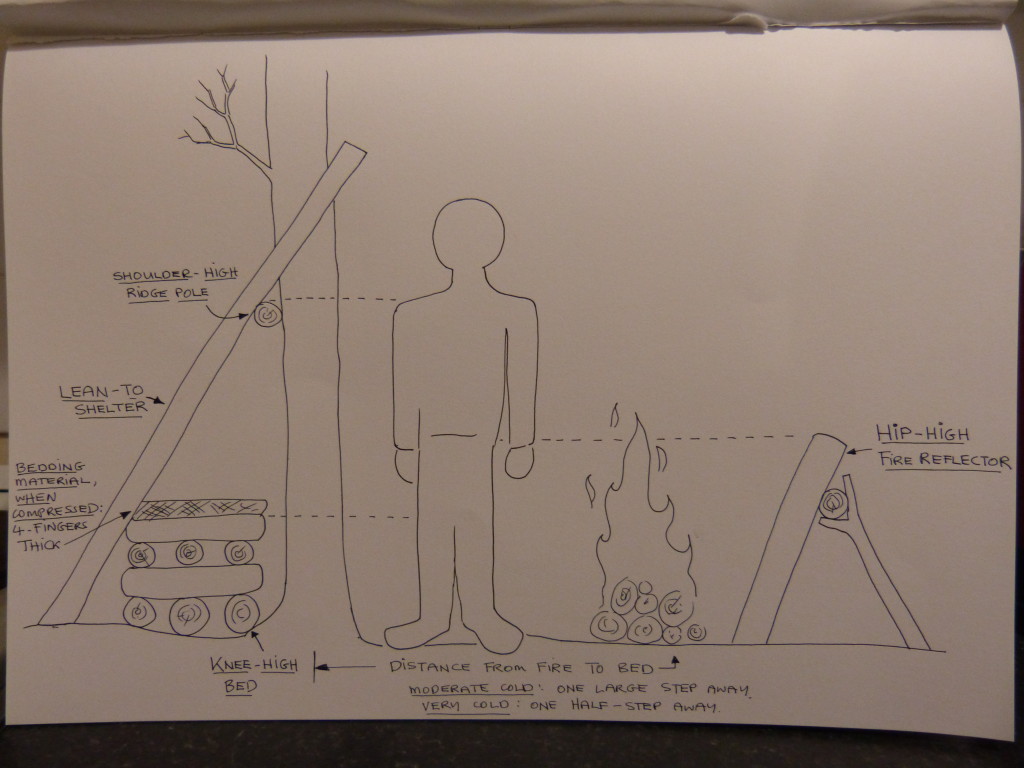
The construction of a lean-to shelter, the positioning of the fire and the height of the fire-reflector can all be measured by using various parts of the human body (sketch: Sean Fagan).
.
POT/BILLY-CAN SUSPENSION
19. Length of Legs for Large tripod: Standing, with arm span above for length. 20. Length of Legs for Small tripod: chest to head high.
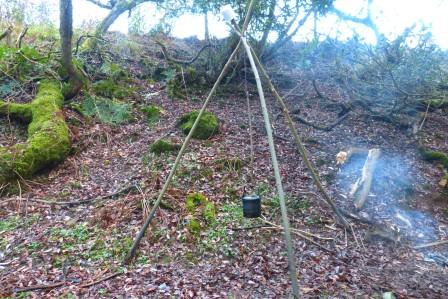
Large tripods gives a greater range of height suspension and greater stability. Also, damp garments (e.g. socks), cups, pots etc. can be safely suspended on the tripod apex (Photo: Sean Fagan).
.
TRAPS (Rabbit snare)
.21. Height of Snare from Ground: four fingers thick. 22. Diameter of Snare: fist size or slightly larger.
HUNTING WEAPONS
.23. Throwing Stick: elbow to finger-tip long, about wrist thick.
MEASURING TIME
24. Measuring Time from Movement of Sun: Hold your flattened palm (fingers together) horizontally at arm’s length. Align your little finger (pinkie) along edge of horizon. For each finger width between the sun and the horizon, you have roughly 15 minutes of remaining light (works best over a low, flat horizon (e.g. the sea). If you can, for example, hold four finger-widths between the sun and the horizon there is 60 minutes of light left (4 fingers x 15 minutes = 60 minutes).
.AXE SKILLS
25. Chopping Block Height: About knee height (40-60cm). 26. Height Difference between Undercut & Overcut in Tree Felling: width of 2 fingers for small to medium-sized tree, about 3 fingers for large tree.
..
MAKING YOUR OWN MEASUREMENTS
WHY MODIFICATION IS SOMETIMES NECESSARY...
.
People are of various heights and proportions. The above list of measurements are a general guideline.
To use the bow drill as an example - the distance between my thumb tip and little finger tip is about 8 inches (20.3 cm) - which I find is the ideal length for the drill (spindle).
A person with large hands might have a hand span of 10 inches (25.4 cm) or more. Depending on experience, a drill 10 inches or longer might be too unstable for the bow drill so some modification might be necessary (that person might have to use, for example, the shorter distance between thumb tip to the tip of the middle finger to acquire the correct drill length).
Find out what works for you, and stick with those measurements.
We can certainly improve our own bushcraft with the help of an accurate and convenient means of measuring - our own bodies.
Certainly, before measuring tapes and rulers, many ancient cultures would use, among other methods, their own bodies as a means of measuring. For good reason - it’s convenient and surprisingly accurate.
It’s my hope that you come up with your own, customised set of measurements for your own bushcraft projects.
There are, potentially, a great number of projects that can be assisted by using your own body as a measuring tool. As regards how many bushcraft projects can be measured with your own body - as hinted at the start of this article – the answer is entirely limited by your willingness to apply your own bushcraft ingenuity.
Ingenuity is fundamental to bushcraft. Whenever the opportunity presents itself be willing to flex and strengthen your own ingenuity.
With repeated practise, you will gain the confidence and competence, to trust and apply your own ingenuity.
Besides, there is a certain satisfaction derived from figuring out challenges for yourself that's hard to beat.
.
Have Safe & Grand Adventures,
Pioneer Bushcraft.
.
Related articles on this website:
.
*Check us out on Instagram, Twitter & Facebook for more outdoor-related topics..
.
PIONEER BUSHCRAFT DISCLAIMER
.
The aim of this article is to provide advice that will enhance the quality of your time, and well-being, when outdoors.
Pioneer Bushcraft does not take any responsibility for the misapplication of advice in this article.
The advice in this article is very much an adjunct to, and not a substitute for, high-quality bushcraft training (including outdoor medical training), relevant research and experience, trustworthy local knowledge, a thorough risk assessments and all other health & safety considerations specific and pertinent to your outdoor excursions.
Please – when outdoors, take responsibility for your well being seriously.
It can make all the difference between a great or bad outdoor experience.
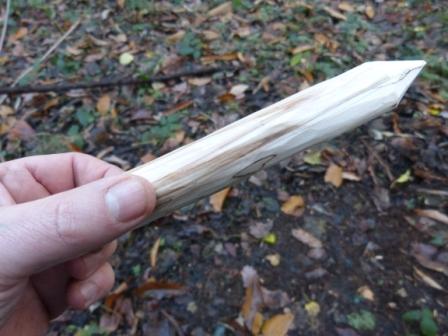

Recent Comments